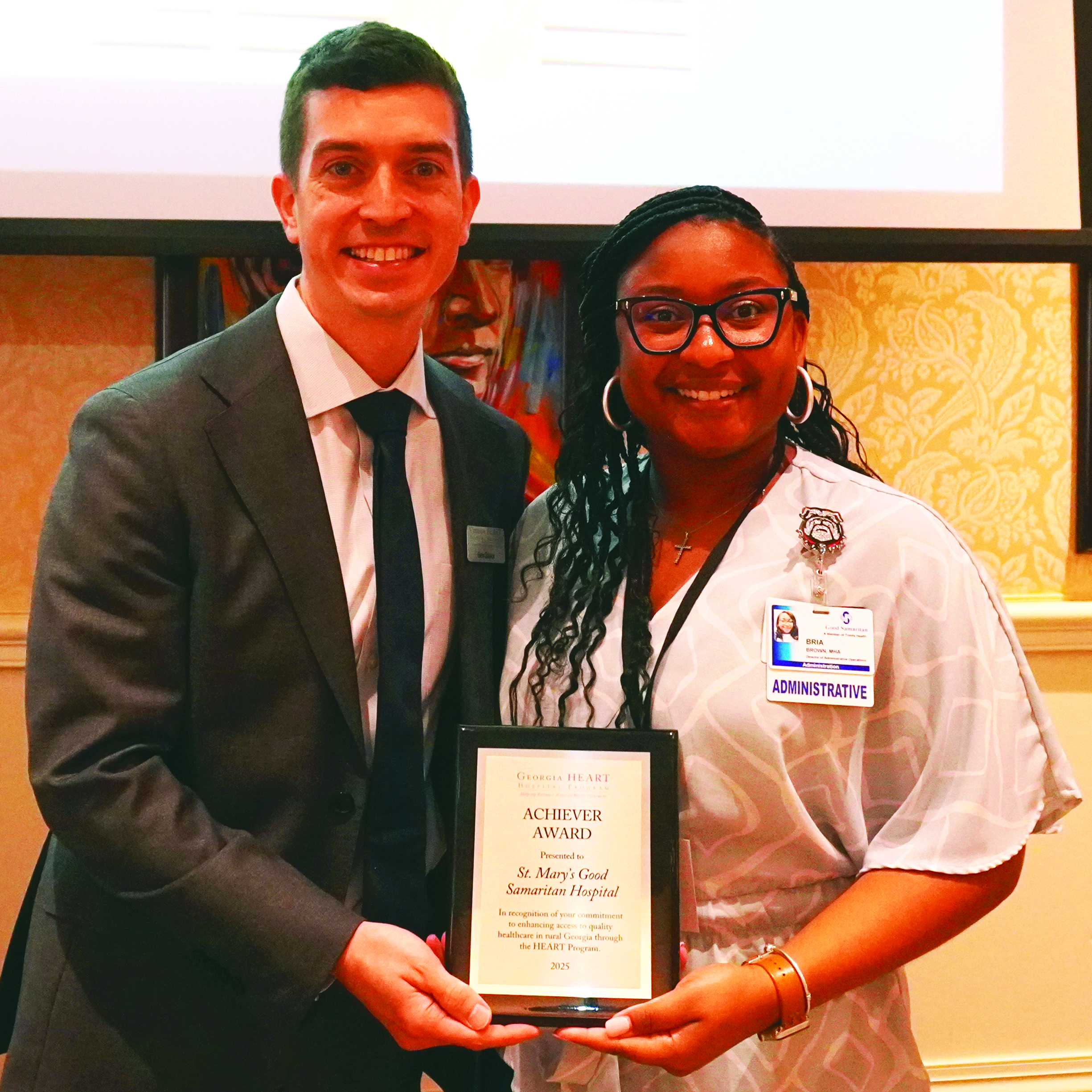Is sitting the new smoking?
Published 12:55 pm Thursday, March 13, 2014
In May 2013, Anup Kanodia, a physician and researcher at the Center for Personalized Health Care at Ohio State University’s Wexner Medical Center, made headlines in the Los Angeles Times when he declared: “Sitting is the new smoking.” Kanodia cited an Australian study published in October 2012 in The British Journal of Sports Medicine that found every hour of TV people watch, presumably sitting, cuts about 22 minutes from their lifespan, while smokers shorten their lives by an estimated 11 minutes per cigarette.
While smoking is, without a doubt, a serious cardiovascular risk factor (and the results of the above-mentioned study should not be used as support for trading bad habits), mounting research is showing the impact prolonged sitting can have on overall health. Various studies have linked prolonged sitting with an increased risk of heart disease, diabetes, obesity, cancer and even early death. A 2013 study even found a link between sitting and depression, citing that women who sat more than nine hours a day were more likely to be depressed than those who sat fewer than six hours a day due to a decrease in circulation that causes fewer “feel-good” hormones to reach the brain.
And the warning isn’t just for the couch potatoes among us. Studies are showing that even “active individuals” — meaning those who exercise a recommended 150 minutes a week — tend to sit just as much outside of regularly scheduled activity, as their less active peers. A 2012 study published in the International Journal of Behavioral Nutrition and Physical Activity found that most people spend a total of about nine hours a day sitting, whether they are active exercisers or not. That means most of us aren’t exercising, moving or even standing enough to reverse all the harm being done to our bodies by sitting for hours a day.
Extended periods of uninterrupted sitting are particularly bad for the lower back, as prolonged sitting can cause progressive tears to develop within the discs situated between the lumbar vertebrae. These tears obviously cause pain. Once the pain reaches the chronic stage, the necessary activities of daily life become harder to perform. At that point, not only does it become difficult to walk or exercise, but the preferred position then becomes lying down. When we stay horizontal, muscle tone diminishes by as much as 30 percent in just 10 days! So, the importance of movement cannot be over emphasized.
My clinical observation in more than 30-plus years has manifested a fairly consistent finding: a patient in pain presents on a Monday morning and inevitably wants to know ALL the exercises to do at that moment while symptoms are at their peak, having forgotten (or ignored) all he should have been doing in order to PREVENT the current dilemma!
The good news is that you can avoid the negative health effects of prolonged sitting rather simply, by just getting out of your chair. Make it a point to take frequent micro-breaks each hour. When we sit for extended periods of time, certain muscles become tight or overstretched. Frequent breaks allow the neck and hip flexors an opportunity to lengthen out of their prolonged contracted state. It might be helpful to set an alarm on your computer or mobile phone as a regular reminder to get up and move throughout the day.
The point is, don’t wait for a health crisis. Now is the time to start moving during your workday. Now is the time to become intentional. Now is the time to take an active role in your health. By making it a point to move and stand more now, you stand a good chance of preventing a serious health problem later.
If you’re looking for simple action steps you can take to improve your overall health or have questions about incorporating more activity into your daily routine, please feel free to email me at pathwaysth@gmail.com and put “Sitting” in the subject line.





